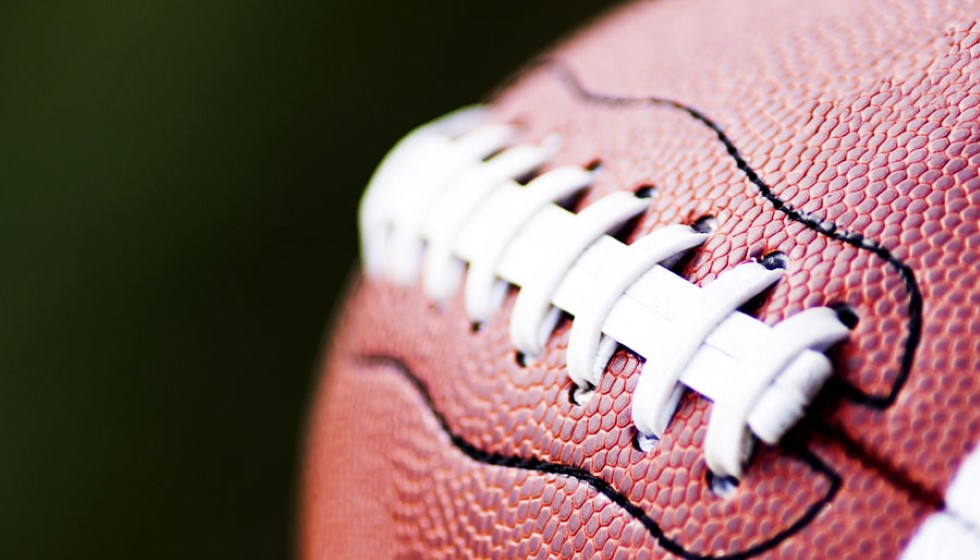
High-Profile Athlete Burglaries: A Rising Concern
In a disturbing trend that has rocked the world of professional sports, a series of burglaries have raised serious questions about the personal security of some of the most high-profile athletes in the United States. Names like Patrick Mahomes, Travis Kelce, and Luka Doncic have found themselves at the center of these unsettling events, as their homes and personal possessions were targeted in recent break-ins.
Heightened Security Measures
The unsettling incidents have prompted both the NFL and the NBA to issue heightened security alerts, urging players to be vigilant and proactive in safeguarding their homes and families. The leagues are stepping up measures to ensure the safety of players who, due to their public personas and substantial earnings, have become increasingly attractive targets for criminals.
In November, a security memo from the NBA advised players to exercise heightened caution, an action triggered after a break-in at Luka Doncic's residence in Dallas. This came on the heels of a similar league-wide security alert from the NFL, following unsettling home invasions involving Mahomes and Kelce.
Incidents of Concern
Among the affected is Sarah Jane Ramos, the fiancée of Dallas Cowboys quarterback Dak Prescott, who had nearly $40,000 worth of valuables stolen from her car. This incident, occurring at a Pilates studio in Dallas, highlighted the vulnerability of athletes and their families even in seemingly secure locations.
In another alarming event, the home of Cincinnati Bengals' quarterback Joe Burrow was targeted during a game against the Cowboys, underscoring the risks athletes face not only geographically within the United States but also due to their predictable schedules.
Voices of the Athletes
Dak Prescott, who has found himself a key figure in this turmoil, shared his perspective with insight and candor. "The target that I am, whether it be for a natural robbery, whether it be for losing the game or whatever, I understand the position that I'm in." His remarks resonate with a growing awareness among athletes of the unique, often uncomfortable, spotlight they inhabit. Prescott went further to emphasize his protective instincts, stating, "For me, it's more about today and now protecting my fiancée and my daughter."
Recognizing the larger context, Prescott reflected on the pervasive threat with a knowing somberness: "Who knows how many times that happens a day?" His rhetorical inquiry sheds light on an anxiety that shadows even the most public moments of their lives.
Expressing the toll of these experiences, he noted, "It's not fun. I could say that for sure. Obviously fortunate to be able to put people and things in place to protect myself, so that's my No. 1 priority." The Dallas QB's emphasis on security measures highlights a shift in priorities as athletes confront these alarming trends.
A Growing Need for Protection
As professional athletes continue to navigate the complexities of their careers and personal lives, the need for comprehensive personal security strategies has become increasingly clear. This growing focus on protection reflects not just a response to recent events but an understanding of the changing dynamics of fame and security in the 21st century.
In the face of these persistent threats, athletes are taking proactive steps, investing in advanced security systems, employing personal security personnel, and consistently evaluating their safety protocols to ensure the well-being of themselves and their loved ones.
This wave of incidents underscores an essential dialogue within the sports community about the delicate balance between public career achievements and private life safety. As athletes like Prescott, Mahomes, and Doncic continue to excel on the field, ensuring their safety off it has become just as imperative.
For leagues, teams, and the players, the collective commitment to enhancing security measures marks a crucial evolution in protecting the sports community—a step towards safeguarding not just livelihoods but lives.